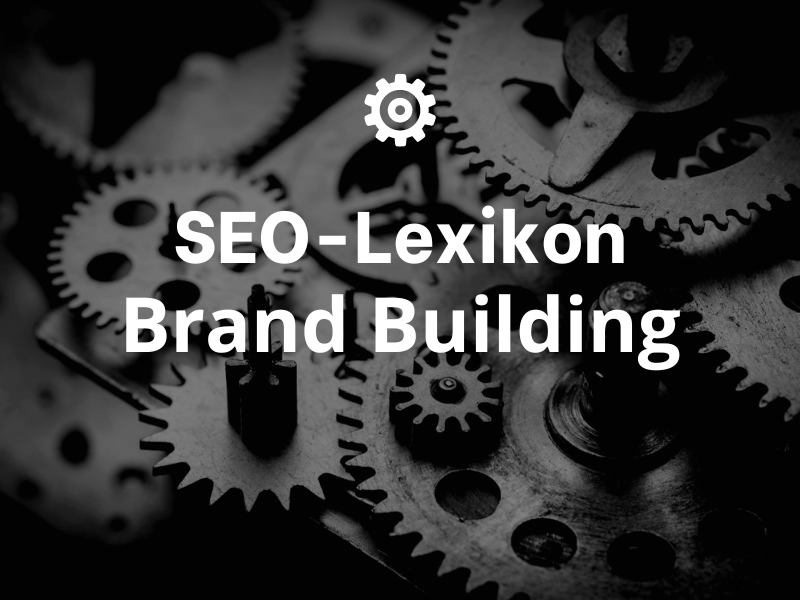Definition:
Brand Building refers to the strategies used by companies to make a brand a strong and trustworthy one. It consists of a set of elements that a company can use to spread both its visual and verbal messages, with the aim of building a strong and memorable brand.
Advantages:
Brand Building has many advantages. It helps companies position their brand in the market by promoting their product, serviceservices and brand their brand as a whole. It can also help build a loyal customer base by, for example, launching campaigns aimed at turning customers into satisfied and loyal customers. In addition Brand Building a cost-effective way to promote a company and keep it in the minds of consumers by publicizing the company.
Disadvantages:
Brand Building also has some disadvantages. The cost can be a barrier, especially for small businesses that do not have the financial resources to make successful Brand Building-strategies to develop and implement. Furthermore, it is difficult to assess the impact of Brand Building to measure, so it is difficult to know whether a particular strategy has been successful or not.
Use cases:
Brand Building can be used in many different situations, such as product launch, marketing, advertising, sales, and customer service. It can also be used in a variety of ways, such as through the use of print media, Online Marketing, social media or even direct customer contact.
Examples:
An example of Brand Building is the Apple Inc. company, which is one of the strongest and most trusted brands in the world. They use a combination of print media, Online Marketing, social media, advertising and direct customer contact to build their brand.
Another example is the Nike brand. They have built a strong brand by using advertising campaigns and other strategies to create a positive and memorable image of their brand. They also use social media and other digital technologies to reinforce their brand.
Conclusion:
Brand Building is an important part of brand management and can help move a company forward and keep it in the minds of consumers by raising awareness of the company. However, it is important to note that it is difficult to measure the effects of Brand Building to measure, and that it also comes with a cost, especially for small businesses. But when used correctly, it can Brand Building Build a strong brand that customers trust and value.
« Back to Glossary Index






 By
By 